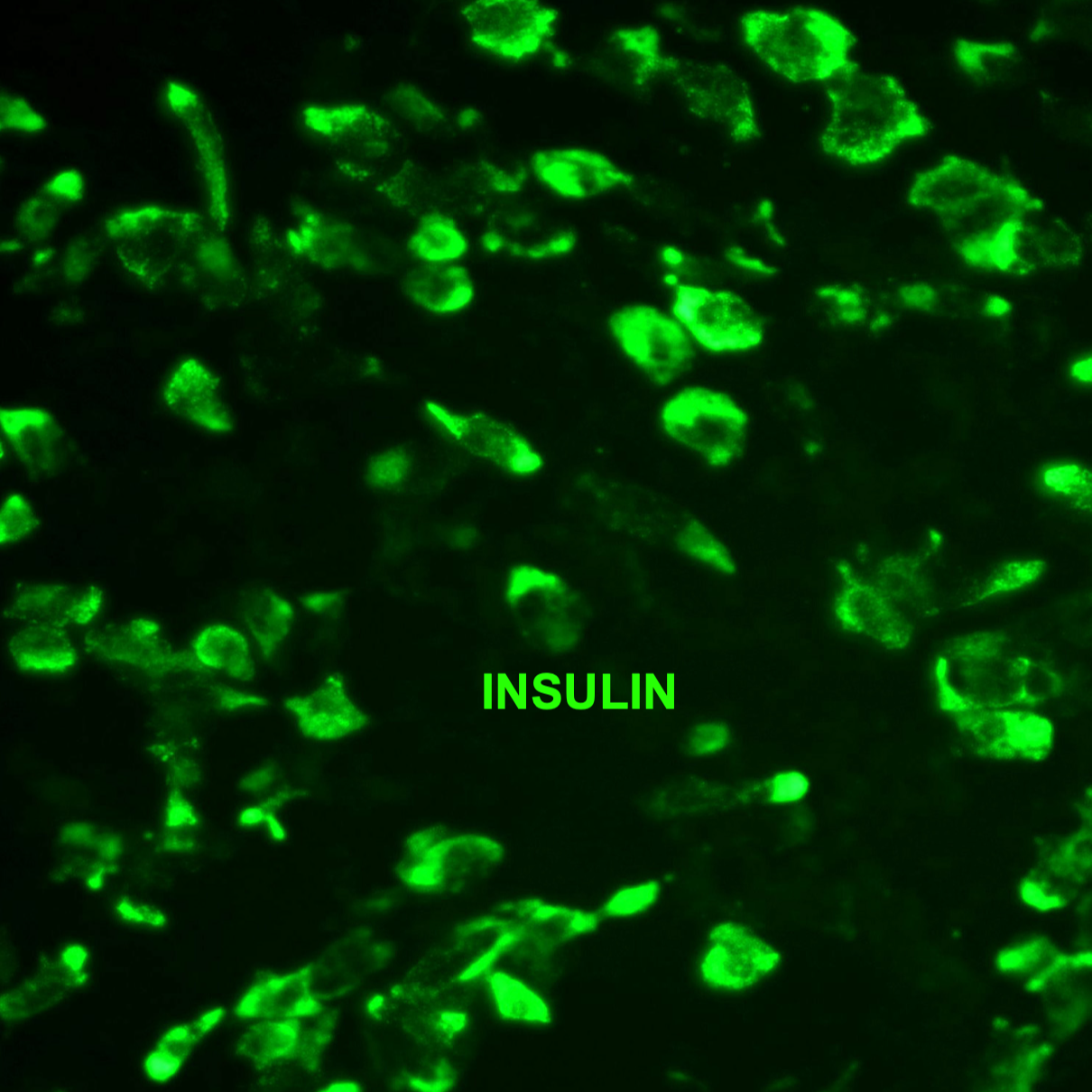Preprint
Review
Insulin Resistance in Diabetes: The Promise of Using Induced Pluripotent Stem Cell Technology
Altmetrics
Downloads
610
Views
281
Comments
0
This version is not peer-reviewed
Submitted:
06 February 2020
Posted:
07 February 2020
You are already at the latest version
Alerts
Abstract
In this review, we discuss the insulin resistance (IR) and its development in the insulin target tissues that leads to diabetes. Also, we highlight the use of induced pluripotent stem cells (iPSCs) to understand the mechanisms underlying the development of IR. IR is associated with several metabolic disorders, including type 2 diabetes (T2D). The development of IR in insulin target tissues involves genetic and acquired factors. Persons at genetic risk for T2D tend to develop IR several years before glucose intolerance. Although there are currently several mouse models for both IR and T2D that had provided a lot of information about the disease, these models cannot recapitulate all the aspects of this complex disease as seen in each individual. Patient-specific iPSCs can overcome the hurdles faced with the classical mouse models for studying IR. iPSC technology can generate cells genetically identical to IR individuals, which can help in distinguishing between genetic and acquired defects in insulin sensitivity. Combining the technologies of the genome editing and iPSCs may provide important information about the inherited factors underlying the development of different forms of IR. Further studies are required to fill the gaps in understanding the pathogenesis of IR and diabetes.
Keywords:
Subject: Biology and Life Sciences - Cell and Developmental Biology
Copyright: This open access article is published under a Creative Commons CC BY 4.0 license, which permit the free download, distribution, and reuse, provided that the author and preprint are cited in any reuse.
MDPI Initiatives
Important Links
© 2024 MDPI (Basel, Switzerland) unless otherwise stated






